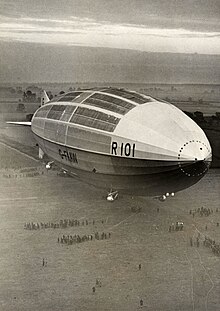J. E. Gordon
Appearance
James Edward Gordon (1913 – 1998) was a British engineer who was one of the founders of materials science and biomechanics.
Quotes
[edit]The New Science of Strong Materials (or, Why You Don't Fall Through the Floor) (1976)
[edit]- There are always a few people for whom the most obvious sequences of technical cause and effect have no meaning.
- Chapter 7, Glue and Plywood (or, Mice in the gliders)
Structures (or, Why Things Don't Fall Down) (1978)
[edit]
- If a ship runs into a large bridge, destroying both the bridge and ship, as happened recently in Tasmania, it is very difficult to see what either the naval architect or the bridge designer could have been expected to do about it from the structural point of view. The problem is not one for the structural engineer but for the local Pilotage Association. Again, aircraft cannot be designed to be flown into mountains.
- Chapter 15, A Chapter of accidents
- In the course of a long professional life spent, or misspent, in the study of the strengths of materials and structures, I have had cause to examine a lot of accidents, many of them fatal. I have been forced to the conclusion that very few accidents just "happen" in a morally neutral way. Nine out of ten accidents are caused, not by more or less abstruse technical effects, but by old-fashioned human sin — often verging on plain wickedness. Of course I do not mean the more gilded and juicy sins like deliberate murder, large-scale fraud, or Sex. It is squalid sins like carelessness, idleness, won't-learn-and-don't-need-to-ask, you-can't-tell-me-anything-about-my-job, pride, jealousy and greed that kill people.
- Chapter 15, A Chapter of accidents
- The immediate technical cause of the accident was the tearing of the fabric of the outer envelope; this fabric had apparently been embrittled by improper doping treatment. The real reason for the disaster was, however, pride and jealousy and political ambition.
- Chapter 15, A Chapter of accidents
- Used with caution, such formulae really are very useful indeed, and indeed they form the professional stock-in-trade of most engineering designers and draughtsmen. There is not the slightest need to be ashamed of using them; in fact we all do. But they must be used with caution.
- Make sure that you really understand what the formula is about.
- Make sure that it really does apply to your particular situation.
- Remember, remember, remember, that these formulae take no account of stress concentrations or other special local conditions.
- Appendix 1, Handbooks and formulae
- It is confidence which causes accidents and worry which prevents them.
- Appendix 1, Handbooks and formulae

